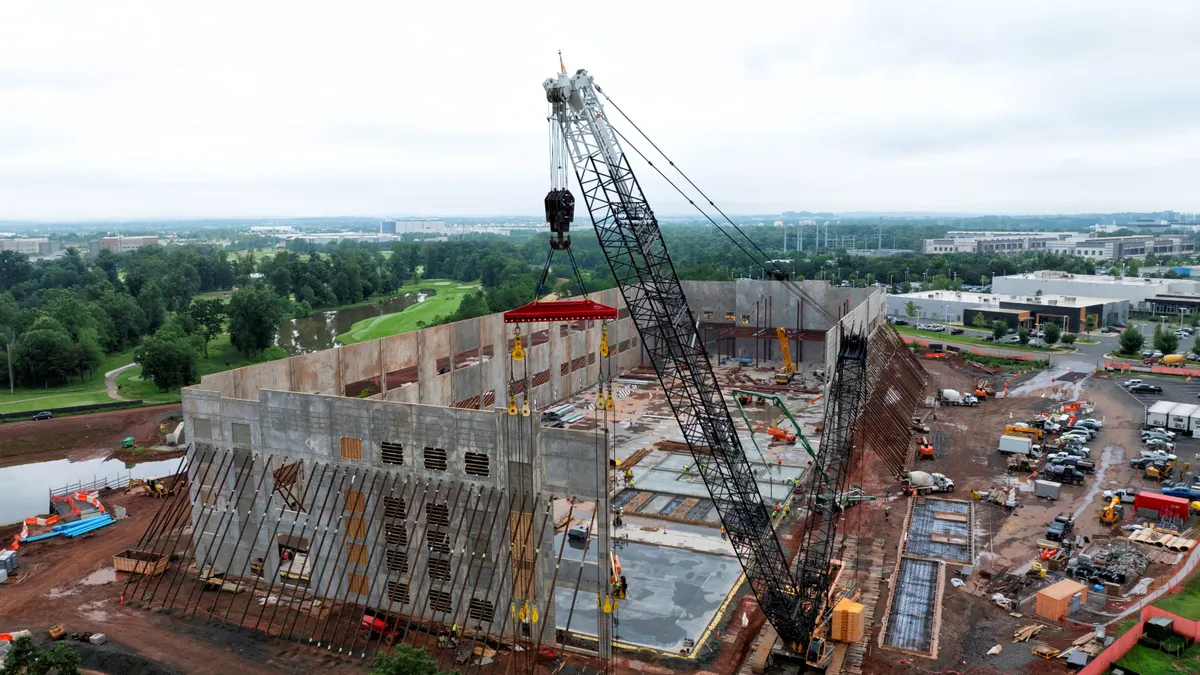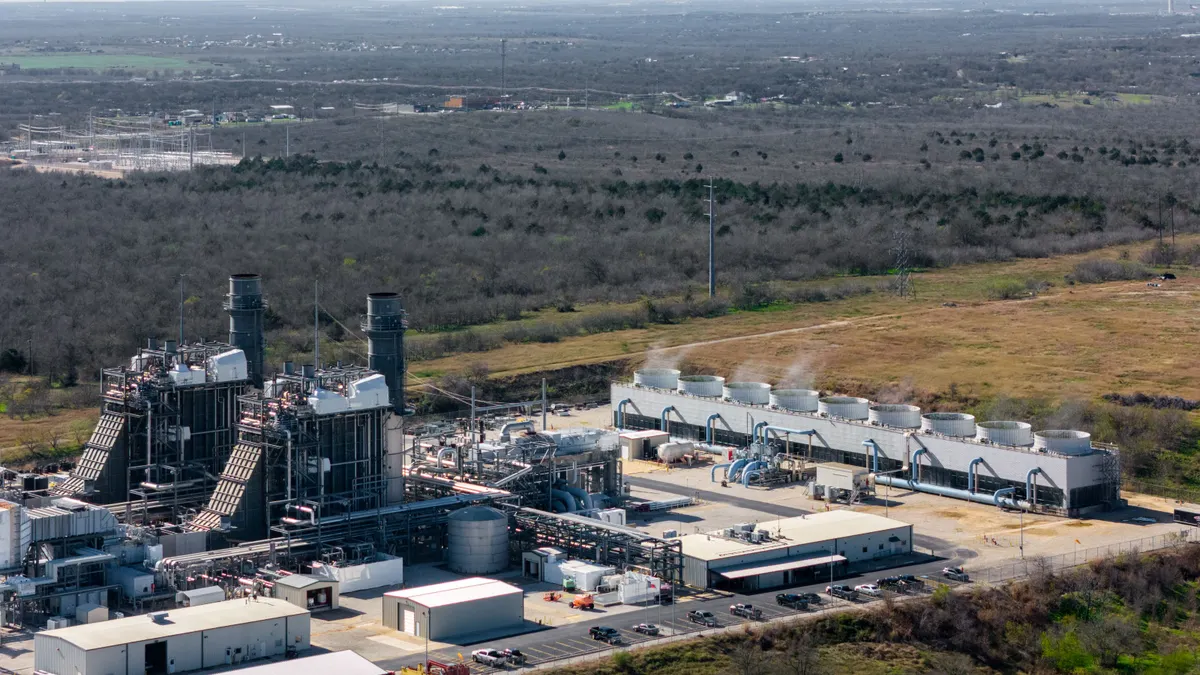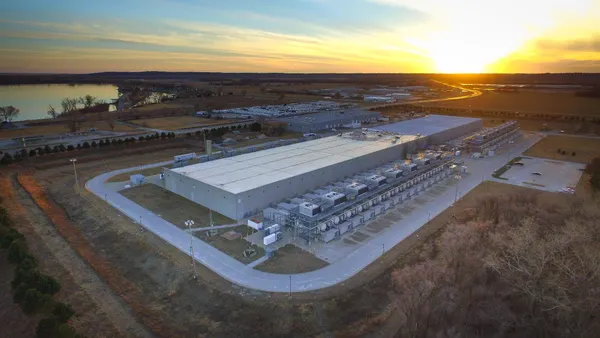A recent gathering of electric industry leaders in Washington, DC, hosted by the Edison Electric Institute (EEI), underscored a critical truth: artificial intelligence is no longer a futuristic concept but a present reality shaping the electric utility landscape. This includes everything from data center power needs to customer outreach efficiencies. As the issue of AI and its possibilities becomes more complex, electric utilities must cut through the competing applications and focus their AI investments on the most pressing challenges. To truly deliver on AI's promise of enhanced reliability, efficiency and security, the industry can focus on three core areas: cybersecurity, climate-stressed grids due to extreme weather, and wildfire risk and customer load growth. These are the "Three C's" that will determine the industry’s success in this new era of AI.
AI as a Shield Against Growing Cyber Threats
For electric utilities, cybersecurity is a foundational pillar of grid resilience, with threats surfacing from geopolitical adversaries to typical cybercrime found in other industries. As the grid becomes more interconnected, the attack surface expands exponentially. For electric utility security teams, AI is a force multiplier for adversaries and it must become a force multiplier for defense as well. It can help with everything from triaging vulnerabilities and prioritizing high-risk assets, to detecting sophisticated digital attacks on infrastructure. It can also enhance the physical security of critical infrastructure, using data to recognize and alert human operators to potential threats.
The sheer volume of data involved in monitoring a modern utility grid is too great for humans alone to process effectively. By deploying AI as a vigilant and intelligent partner, electric utilities improve their anticipatory security posture, shrinking the time between threat detection and response and significantly reducing the potential for damage. Electric utilities that succeed start by identifying and protecting their highest-value assets first, rather than attempting to secure everything at once.
Predictive Power for a Climate-Stressed Grid
Extreme weather and wildfire are no longer seasonal risks; they are year-round operational challenges that threaten public safety and system reliability. AI provides an unprecedented tool to understand and mitigate these risks. By integrating decades of historical data with real-time sensor feeds, satellite imagery and weather forecasts, AI-supported risk models can predict wildfire risk with remarkable accuracy. This goes far beyond traditional fire danger indices. AI can analyze factors like vegetation moisture, terrain-driven winds and even the health of specific transmission assets to create hyper-localized risk maps.
This predictive power enables a more efficient and effective response. Electric utilities can use these insights to enact more surgical power shutoff decisions, identify vegetation management priorities for high-risk areas and plan assets around future risks. Imagine sending resources to a place on the grid to restore or mitigate a weather or fire event before the event has even occurred – electric utilities using AI are already doing this.
Post-event, AI can be a powerful lever for quicker restoration too. AI can optimize restoration efforts, ensuring crews are deployed to the most critical areas. This reduces restoration times and enhances community safety. Early adopters report that transparent stakeholder communication about AI-driven decisions, explaining the "why" behind shutoffs or resource deployment, is as critical to success as the technology itself.
Managing the Next Wave of Customer Load Growth
The final challenge is the soaring demand for electricity driven by AI data centers, with data centers accounting for a significant portion of new load growth. This presents a dual-sided problem: electric utilities must meet this demand, while ensuring grid reliability, safety and affordability for all customers.
Electric utilities can use advanced AI to optimize load management, forecast demand with greater accuracy and orchestrate new, distributed energy resources more seamlessly. AI-driven transmission optimization can additionally unlock hidden capacity in our existing grid, acting as a crucial step in bridging the gap between today’s grid capacity and tomorrow’s load requirements. The key lesson from electric utilities leading in this area: integrate AI tools with existing operational systems rather than attempting wholesale replacement, ensuring faster adoption and less disruption.
The promise of AI is immense and its true value to the electric utility industry will be in its ability to meet the largest challenges confronting us today. Incremental AI gains in functional and operational improvement are important, but we cannot lose the opportunity to meet the true issues of this moment. By focusing collective efforts on AI solutions that strengthen defenses against cyber threats, provide actionable intelligence for climate risk reduction and proactively manage the future of customer load growth, electric utilities can build a smarter, more secure and more reliable grid for the future.










